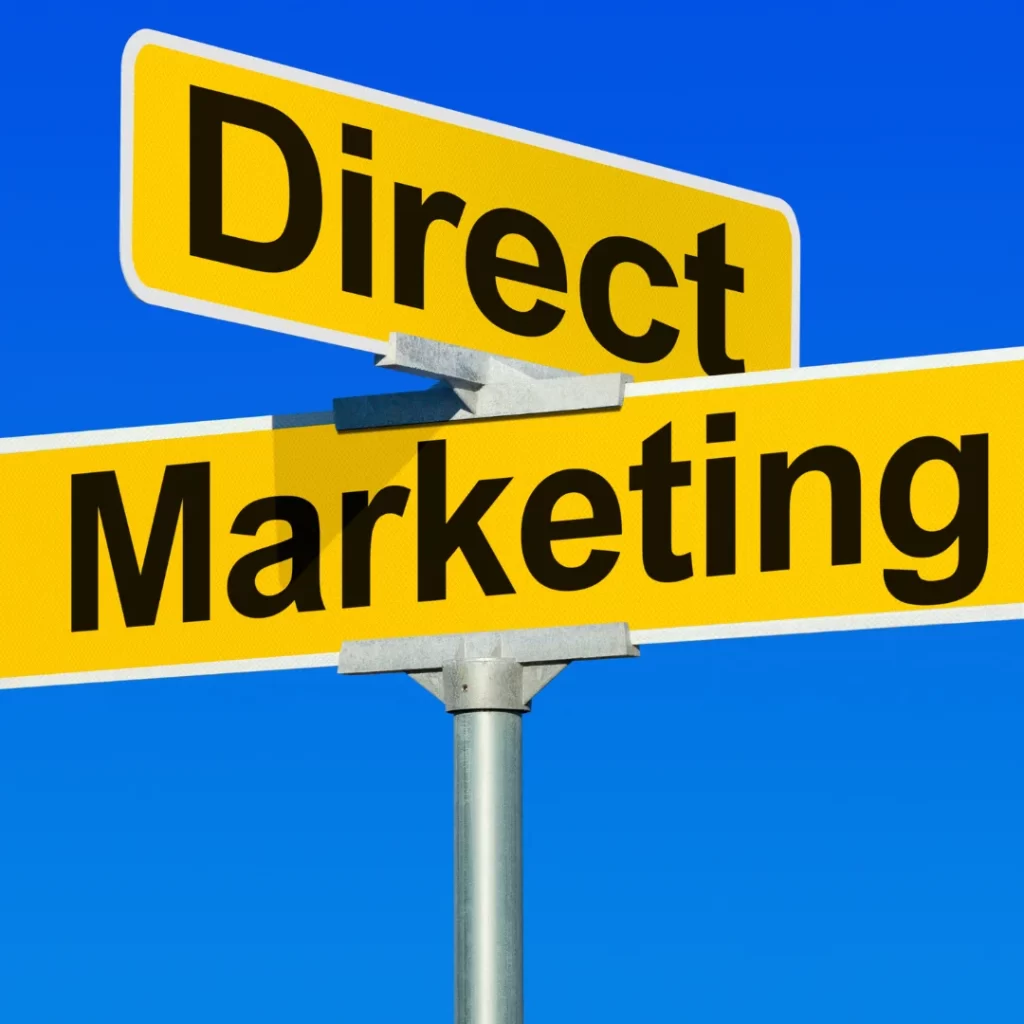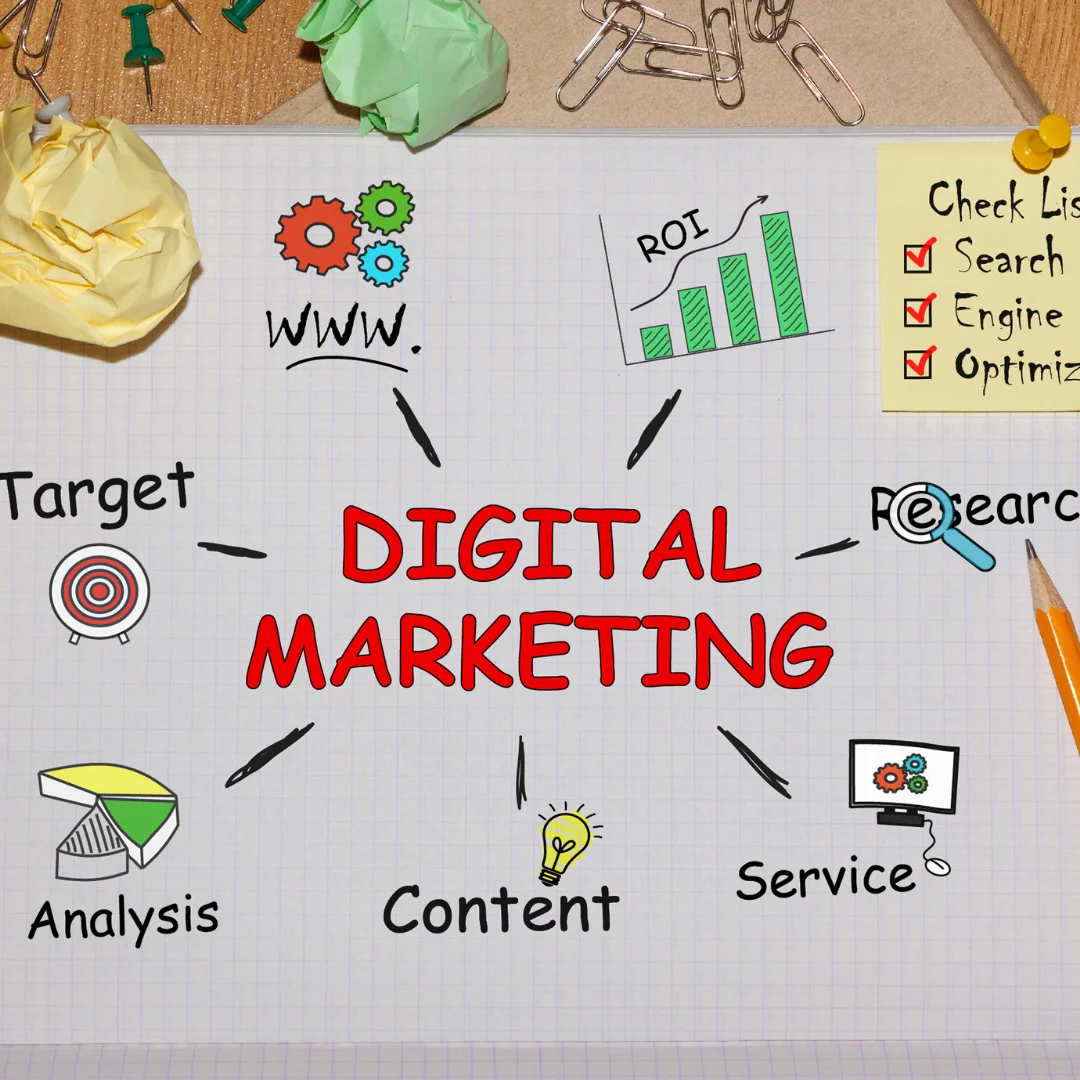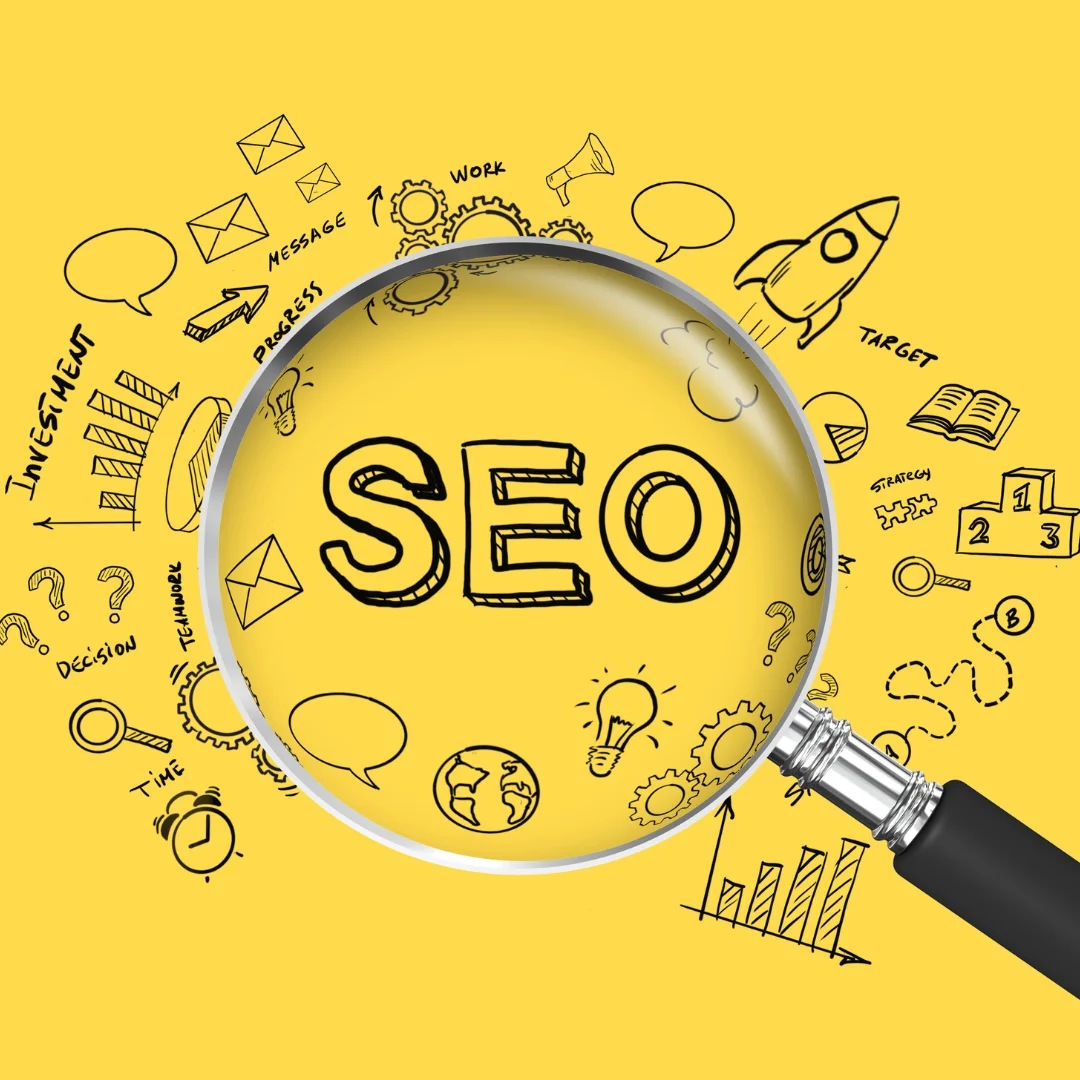So, you’ve decided to dive into the chaotic yet exhilarating waters of direct marketing for your B2C startup. Kudos! Welcome to a world where precision, creativity, and a dash of audacity can catapult your brand into the spotlight. In 2025, direct marketing isn’t just alive—it’s thriving, evolving, and occasionally throwing a temper tantrum. Let’s dissect the best strategies for startups ready to master this art.
Understanding the Digital Shift in Direct Marketing
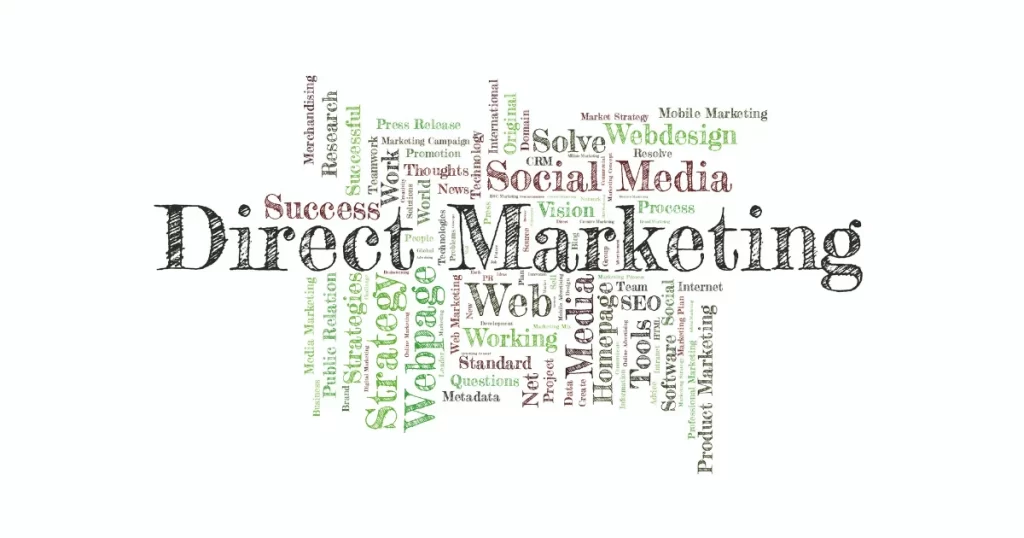
Let’s get one thing straight: digital marketing isn’t a shiny new toy for startups; it’s the oxygen that keeps them alive. In 2025, the rise of direct-to-consumer (DTC) models has thrown traditional marketing channels into the recycling bin (metaphorically speaking, we hope). The digital space is now the sandbox where brands play, experiment, and occasionally throw tantrums—all in pursuit of customer engagement.
Search Ads: Your Virtual Billboard
Imagine the internet as the busiest intersection in the world. Now picture your brand’s ad as a glowing neon sign that screams, “Look at me!” Search ads are exactly that. With platforms like Google Ads, startups can target customers searching for specific keywords. But here’s the kicker: it’s not just about showing up; it’s about showing up smart. Bid on high-intent keywords relevant to your niche, craft compelling ad copy, and track your performance religiously.
💡Pro Tip: Use long-tail keywords like “best eco-friendly sneakers under $100” instead of generic terms like “sneakers.” The specificity will help you attract customers who are closer to making a purchase.
Here’s a quick comparison of search ad platforms:
| Platform | Strengths | Weaknesses |
|---|---|---|
| Google Ads | Wide reach, advanced targeting options | High competition, can be expensive |
| Bing Ads | Lower competition, cost-effective | Smaller audience, less sophisticated AI |
| Amazon Ads | Perfect for product-based startups | Requires an existing Amazon presence |
Social Media Content: From Memes to Millions
Once dismissed as the domain of cat videos and high school drama, social media has evolved into a marketing juggernaut. Platforms like TikTok, Instagram, and even LinkedIn are where brands build personalities, engage audiences, and sometimes go viral.
- TikTok: Think bite-sized, quirky content that’s equal parts entertaining and promotional. Don’t be afraid to jump on trends—just make sure they align with your brand identity. Nobody wants to see a law firm attempting a dance challenge (or maybe they do—the internet is weird).
- Instagram: Use Stories and Reels to showcase behind-the-scenes content, customer testimonials, and product launches. Aesthetic is key here; invest in good visuals.
- LinkedIn: For B2C startups targeting professionals, LinkedIn might be less flashy but highly effective. Share thought leadership, success stories, and case studies.
Email Marketing: The Comeback Kid
Some call email marketing “lame” or “so 2005,” but we call it the unsung hero of direct marketing. Why? Because it works. Email campaigns offer a direct line to your customers, free from the algorithmic whims of social media platforms.
Tips for Killer Email Campaigns:
- Segment Your List: Group customers by behavior, preferences, or purchase history. A one-size-fits-all approach is so last decade.
- Personalize: Use names, recommend products, and tailor content. “Hey [First Name], we thought you’d love this…” is more engaging than “Dear Customer.”
- A/B Test: Experiment with subject lines, call-to-actions, and visuals to see what works best. Remember, data doesn’t lie—but it does need interpretation.
| Type of Email Campaign | Purpose | Example |
| Welcome Series | Introduce your brand | “Welcome to the family” email |
| Abandoned Cart Reminders | Recover lost sales | “Did you forget something?” |
| Promotional Offers | Drive immediate sales | “Exclusive 20% off, just for you!” |
| Newsletter | Build ongoing engagement | Monthly updates, tips, and stories |
The digital shift in direct marketing isn’t a passing trend—it’s the future. But don’t just adopt these strategies; master them. Test, learn, and innovate.
Benefits of Embracing Digital Marketing for B2C Startups
If you’re not already in love with digital marketing, let’s make the case. It’s not just trendy; it’s practical, scalable, and downright essential for B2C startups.
Brand Awareness: Going from “Who?” to “Oh, Them!”
Digital marketing is like a megaphone for your brand—but smarter. Instead of shouting into a void, you’re targeting specific groups of people who are likely to care.
- Social Proof: Reviews, testimonials, and shares on social media lend credibility to your brand. Seeing others talk about your product makes potential customers curious.
- SEO: Optimize your content for search engines. When your blog post ranks on the first page of Google, you’re not just visible—you’re trusted.
Example: A fitness startup might use Instagram ads to showcase transformations achieved through their products, instantly grabbing attention and building credibility.
Cost-Effectiveness: Big Results on a Small Budget
Traditional advertising (think TV or print) is like throwing spaghetti at the wall and hoping something sticks. Digital marketing, on the other hand, is precise. You can allocate resources to platforms that yield the best ROI.
Budget-Friendly Tactics:
- Pay-Per-Click (PPC): Only pay when someone clicks on your ad. It’s like a buffet where you only pay for what you eat.
- Social Media Ads: Platforms like Facebook and Instagram offer flexible pricing, allowing even startups with tiny budgets to compete.
- Email Campaigns: High ROI with minimal upfront costs. Seriously, why wouldn’t you?
Traditional vs. Digital Advertising Costs
| Advertising Medium | Cost Range |
|---|---|
| TV Spot (30 Seconds) | $1,000 to $50,000 |
| Google Ads (PPC) | $1 to $5 per click |
| Billboard | $1,500 to $30,000 per month |
| Social Media Ads | $0.50 to $5 per click |
Measurable Results: Analytics Never Lie
In the pre-digital era, marketers would cross their fingers and hope their campaigns worked. Now, thanks to analytics, you’re in the driver’s seat.
What You Can Measure:
- Click-Through Rates (CTR): See how many people are engaging with your ads.
- Conversion Rates: Know exactly how many clicks turned into sales.
- Bounce Rates: Understand why people are leaving your site without buying.
Tools to Use:
- Google Analytics: Track website traffic, user behavior, and more.
- Hotjar: Visualize user activity with heatmaps and session recordings.
- HubSpot: Manage campaigns, track leads, and measure ROI in one place.
Digital marketing isn’t just a strategy; it’s a game-changer. By leveraging its benefits, B2C startups can level the playing field and compete with bigger, more established brands.
Harnessing the Power of User-Generated Content (UGC)
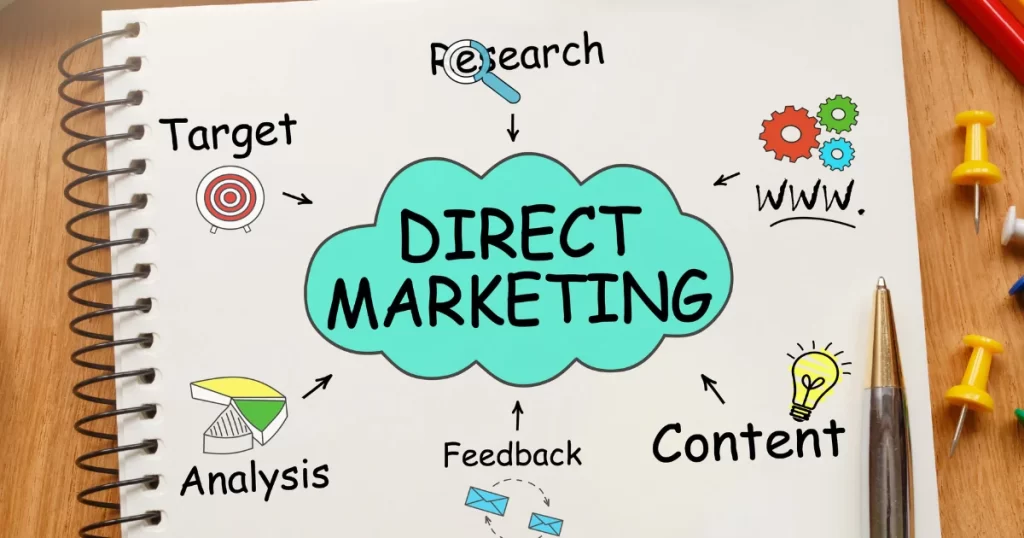
What is UGC and Why Does It Matter?
UGC, or User-Generated Content, is like finding a golden goose that lays credibility eggs. It’s all the reviews, photos, videos, and social media posts your customers create featuring your products—unpaid, authentic, and dripping with relatability. Think of it this way: would you trust a slick ad from the brand itself or a candid review from someone who’s actually used the product? That’s right, the latter. UGC is modern-day word-of-mouth but on steroids, and it’s changing the game in direct marketing.
How to Encourage UGC
Here’s the thing about UGC: you can’t just sit back and hope it happens. You need to coax it out of your customers like a magician pulling a rabbit from a hat. Here are the best tricks:
- Run Contests with a Creative Edge Host competitions that challenge your customers to create engaging content, like sharing their most creative use of your product. Offer irresistible rewards—think discounts, exclusive perks, or even a feature on your website.
- Incentivize Reviews Let’s be real: everyone loves a discount. Offer a small incentive, like a 10% off coupon, for leaving honest reviews. Bonus points if these reviews include photos or videos.
- Build a Community Create spaces where your customers feel valued and included. Social media groups, exclusive forums, or even ambassador programs can make your audience feel like they’re part of an inner circle.
- Feature UGC Prominently Highlight user-generated photos and testimonials on your website, social media, or packaging. This visibility encourages others to join the party.
Why UGC Works
- Authenticity: People trust people, not faceless corporations.
- Engagement: UGC fosters a sense of community and involvement.
- Conversions: Studies show that UGC can increase purchase likelihood by up to 79%.
Leveraging Influencer Collaborations for Increased Brand Visibility
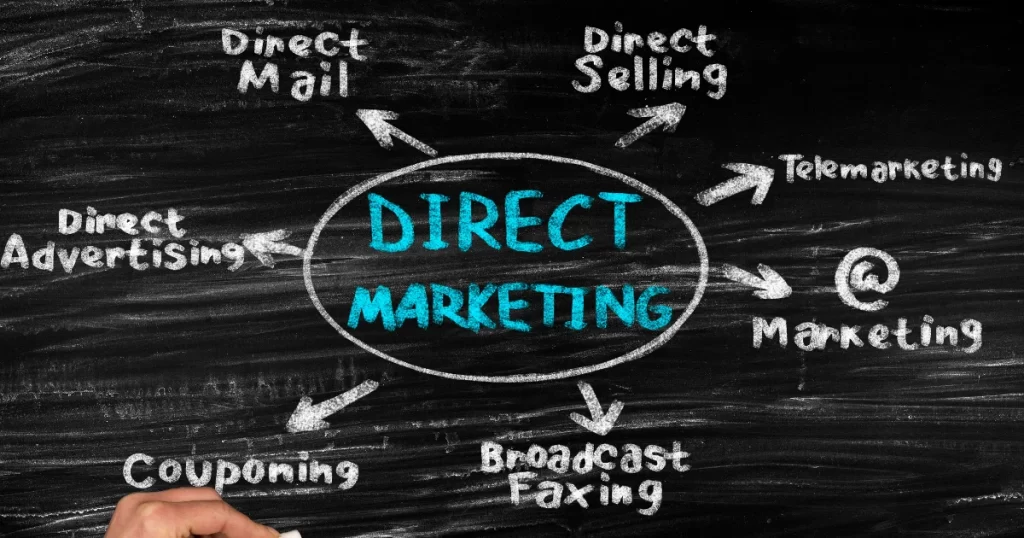
Influencers: The Pied Pipers of Direct Marketing
Influencers are the new-age celebrities, and they come in all shapes and follower counts. They can sway their audience—your potential customers—with a single post. But not all influencers are created equal.
Finding the Right Influencers
Forget the mega-influencers with millions of followers and questionable authenticity. Instead, focus on micro-influencers (10k-100k followers) who have a highly engaged and niche audience. Here’s the checklist:
- Relevance: Does their audience align with your target demographic?
- Engagement Rate: How interactive is their follower base? A smaller but engaged audience is worth more than a massive but disengaged one.
- Authenticity: Review their past partnerships. Are they genuine, or do they promote anything with a price tag?
Creating Shoppable Content
Shoppable content is the holy grail of influencer marketing. It’s content that not only promotes your product but allows users to purchase it directly through embedded links or tags. Why it works:
- Convenience: One click, and they’re on your product page. No Googling required.
- Trust: If a trusted influencer says, “Buy this,” their audience listens.
Collaborate with influencers to create seamless purchasing experiences, like Instagram Stories with swipe-up links or TikTok videos showcasing your product’s usability with direct links in the bio.
Optimizing Ecommerce Platforms for Success in 2025
Your Ecommerce Platform: More Than a Digital Storefront
Think of your ecommerce platform as a Swiss army knife (oops, not using that phrase). It’s your 24/7 salesperson, customer support, and brand ambassador rolled into one. Here’s how to make it shine:
Personalization: Make It About Them
Customers love feeling special. Use data analytics to tailor their shopping experience. For instance:
- Dynamic Recommendations: Suggest products based on browsing history. “You liked this? You’ll love that!”
- Segmented Emails: Send targeted promotions based on purchase behavior.
- Custom Landing Pages: Create pages catering to specific customer segments, like new arrivals for fashionistas or budget finds for deal hunters.
Mobile Optimization: It’s Non-Negotiable
By 2025, mobile commerce is projected to dominate online sales. If your site isn’t mobile-friendly, you’re driving away customers faster than a website with autoplay music.
- Fast Load Times: Ensure your site loads in under three seconds.
- Responsive Design: Adapt your layout to fit various screen sizes seamlessly.
- Intuitive Navigation: Simplify menus and checkout processes for finger-tapping ease.
Enhancing User Experience
UX isn’t just a buzzword; it’s the backbone of ecommerce success. Here’s what to prioritize:
- Clear CTAs: Make buttons stand out with action-oriented language like “Shop Now” or “Add to Cart.”
- Live Chat Support: Offer instant assistance to prevent abandoned carts.
- Secure Payments: Build trust with encrypted payment gateways and multiple options, including digital wallets.
By leveraging these strategies, your ecommerce platform won’t just be functional—it’ll be irresistible.
Building Strong Community Connections as a B2C Startup
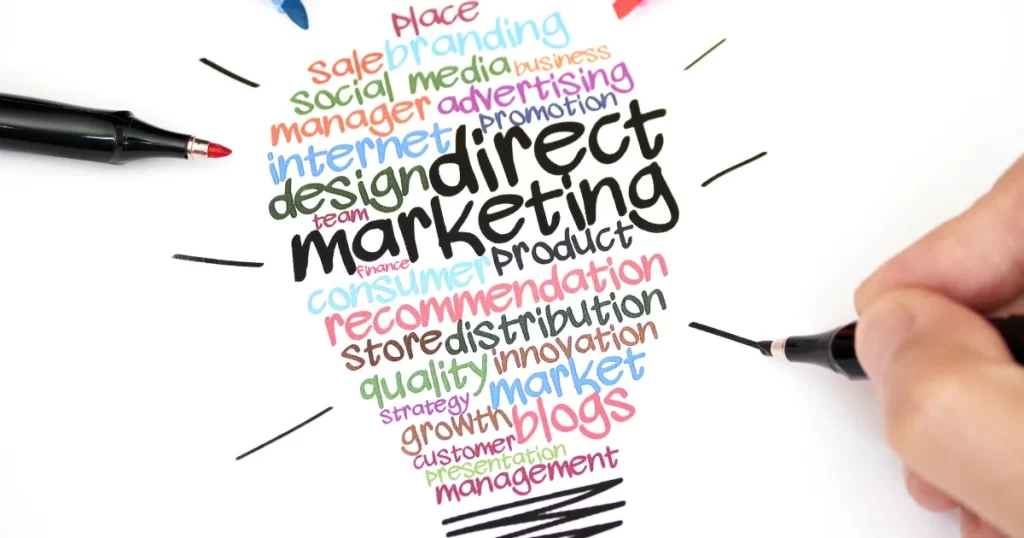
Let’s get something straight: “community” isn’t just a warm fuzzy word to slap on your mission statement. It’s a powerhouse for direct marketing that’s about building authentic relationships with the people who will champion your brand. Here’s how you make it work:
Host Events That Resonate
Forget the cookie-cutter meet-and-greets. Think bigger and more creative. If you’re in fitness, host a free outdoor yoga session with branded mats that scream your logo. If you’re a food startup, organize a pop-up dinner featuring your products. The key? Make it memorable and tied to your brand’s identity.
Partner with Local Businesses
Collaboration is the spice of life. Team up with non-competing local businesses for mutual promotion. Are you a sustainable clothing brand? Partner with a local organic coffee shop to host a green living workshop. Cross-promotion introduces your brand to a fresh audience while building goodwill.
Give Back—and Share It
Giving back is not just the “right thing to do,” it’s a savvy marketing move. Sponsor a local youth sports team, fund a community clean-up drive, or donate a portion of your profits to a cause that aligns with your brand values. And don’t be shy about sharing these efforts on social media. Humblebragging about good deeds is a win-win for community building and brand perception.
Build a Digital Community
Your physical community efforts need a digital home. Create a Facebook group or a subreddit where your customers can interact, share experiences, and connect with your brand. Moderating and actively participating in these spaces can turn casual buyers into lifetime advocates.
Implementing Multichannel Campaigns: Integrating Online & Offline Strategies
Why settle for just online or offline when you can have both? Direct marketing thrives on hitting your audience from every angle—without feeling like a stalker, of course. Here’s how to blend the best of both worlds:
Start with a Unified Goal
Before you post your first tweet or print your first flyer, get crystal clear on your campaign objective. Are you launching a new product, driving in-store visits, or raising brand awareness? A unified goal ensures all your efforts—online and offline—work in harmony.
Example: Social Media to In-Store Magic
Let’s say you’re a boutique skincare brand. Run a social media ad campaign promoting an exclusive in-store event. Use geo-targeted ads to reach potential customers near your location and include a QR code in the ad for easy RSVP. At the event, offer discounts for attendees who post about the experience on their social channels. Now you’ve tied online intrigue to offline action and looped it back online again.
QR Codes: The Unsung Heroes
QR codes are making a comeback, and they’re not just for menus anymore. Use them on flyers, product packaging, or even in-store displays to direct customers to your website, social media pages, or promotional landing pages. It’s a seamless way to bridge the gap between the physical and digital worlds.
Keep Messaging Consistent
Whether it’s a witty Twitter post, a billboard on Main Street, or an email blast, your tone and message need to align. Inconsistent branding confuses customers and wastes your marketing dollars.
Leveraging Advanced Analytics Tools for Targeted Marketing Campaigns
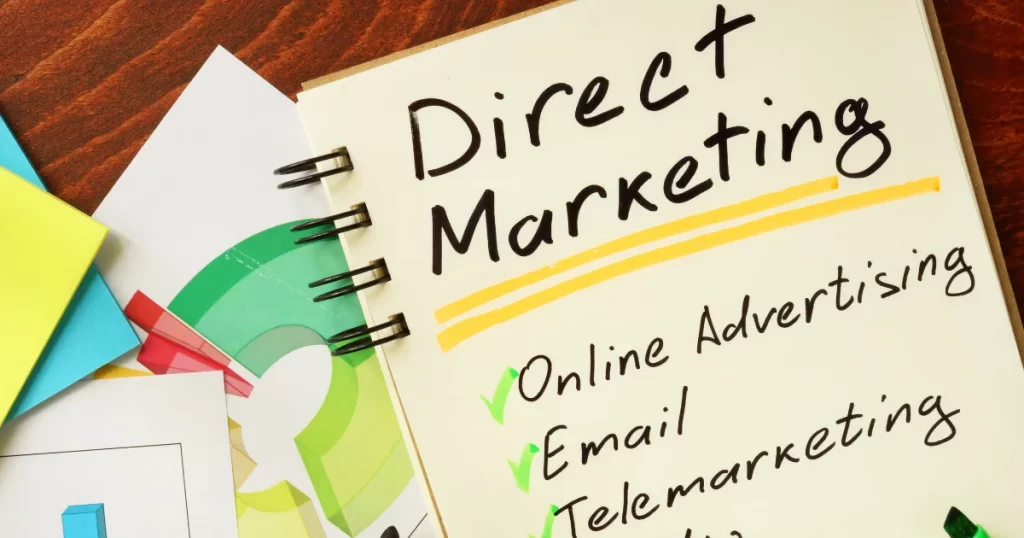
Let’s be honest: guessing is for amateurs. In 2025, advanced analytics tools are your best friends in direct marketing. They’ll tell you exactly what’s working and what’s flopping harder than a bad reality show spinoff.
Tools That Lead the Way
- Google Analytics: This classic tool is like the Sherlock Holmes of your website. It tracks user behavior, tells you where they came from, and highlights which pages make them stick around.
- Heatmaps: Tools like Hotjar or Crazy Egg show you where customers are clicking, scrolling, or zoning out on your website. It’s like having a spy that works for you.
- Social Media Insights: Every platform offers analytics now. Use them to see which posts are driving engagement and which ones are getting the dreaded crickets.
Actionable Insights
The beauty of analytics lies in its ability to inform your next move. For example:
- Refine Your Ads: If your Google Ads campaign is getting clicks but no conversions, analytics can help you identify where users are dropping off. Maybe your landing page needs work, or your offer isn’t compelling enough.
- Personalize Your Emails: Did you know that emails with personalized subject lines are 26% more likely to be opened? Use analytics to segment your audience by behavior, preferences, or past purchases. Then, tailor your campaigns accordingly.
- Predict Trends: Historical data can help you forecast future trends. Are more customers shopping during a specific time of year? Plan your campaigns around these insights to stay ahead of the curve.
Invest in AI-Powered Tools
AI is no longer just a sci-fi buzzword; it’s a critical component of advanced analytics. Tools like HubSpot and Salesforce use machine learning to provide predictive insights and automate tedious tasks. Imagine knowing which products your customers will want before they even know themselves. That’s the power of AI in direct marketing.
Measure, Test, Repeat
Direct marketing isn’t a “set it and forget it” deal. Constantly measure your results, test new strategies, and refine your approach. Think of it as evolving—but without the painful teenage years.
Personalized Marketing Approaches Using Artificial Intelligence (AI)
AI isn’t coming for your job—it’s coming to revolutionize your direct marketing strategy. If you think artificial intelligence is just a tech buzzword, think again. It’s the mastermind behind some of the most personalized, high-performing marketing campaigns you’ve ever seen. Let’s break it down:
Chatbots: Your 24/7 Marketing Intern
Remember when you had to wait on hold for customer service? Chatbots have made that memory as obsolete as floppy disks. These AI-powered assistants can answer customer queries faster than a barista can spell your name wrong on a coffee cup. They:
- Provide instant responses to FAQs, reducing friction in the customer journey.
- Gather data on customer preferences, helping you refine your marketing strategies.
- Upsell and cross-sell with tailored recommendations during interactions.
Recommendation Engines: Mind Readers in Disguise
Ever wondered how Netflix knows you’ll binge that obscure documentary or how Amazon suggests the exact product you didn’t know you needed? That’s the magic of recommendation engines. These AI tools analyze mountains of data—past purchases, browsing habits, even the time of day you shop—to serve up eerily accurate suggestions. The result? Customers feel like your brand just gets them.
Hyper-Personalized Campaigns
AI takes personalization to the next level by:
- Segmenting audiences with surgical precision.
- Crafting dynamic content that changes based on user behavior.
- Predicting trends, enabling proactive marketing.
By making customers feel valued and understood, AI-driven personalization doesn’t just boost sales—it builds loyalty. And loyal customers? They’re the golden geese of direct marketing.
Establishing a Strong Brand Identity as a New Player in The Market
You’ve got one shot to make a first impression, and in the chaotic, competitive space of direct marketing, your brand identity is your secret weapon. A strong identity isn’t just about aesthetics; it’s about creating a connection that feels genuine and unforgettable.
Consistency is Key
Imagine meeting someone who changes their personality every five minutes. Exhausting, right? That’s how customers feel about brands with inconsistent messaging. Your logo, tone of voice, and visuals across platforms must:
- Reflect your core values at every touchpoint.
- Maintain uniformity in language, color schemes, and messaging.
- Foster trust by being reliable and recognizable.
Crafting a Compelling Story
Consumers don’t just buy products; they buy stories. Your brand’s narrative should:
- Highlight your mission (Why do you exist? What problem are you solving?).
- Resonate with your audience’s values and aspirations.
- Differentiate you from competitors.
Staying Agile
Markets change. Trends evolve. Your brand identity should be adaptable without losing its essence. Flexibility keeps you relevant without confusing your audience.
Final Thoughts
Direct marketing in 2025 isn’t just a strategy; it’s a full-blown art form where bold moves meet calculated precision. If you’re diving into the world of direct marketing, buckle up—it’s a fast-paced arena where creativity and adaptability are your best weapons. The startups thriving in this space aren’t just winging it; they’re leveraging the power of direct marketing at every turn.
Want to personalize every interaction with AI? That’s direct marketing. Crafting a brand identity that stops people mid-scroll? Direct marketing again. Merging the best of online campaigns with offline experiences? You guessed it—direct marketing.
To succeed, you need to understand that direct marketing isn’t a one-size-fits-all game. It’s about tailoring your approach, understanding your audience, and making each direct marketing effort count. Whether it’s email campaigns, influencer collaborations, or cutting-edge analytics, every piece of your marketing puzzle should scream “direct marketing done right.”
Fortune doesn’t just favor the bold; it rewards those who master the art of direct marketing. So, take these strategies, inject your startup’s unique flair, and let direct marketing guide you to success. Remember, in this competitive space, being informed isn’t optional—it’s the secret sauce that will take your direct marketing efforts from good to unforgettable.
By weaving direct marketing into every fiber of your strategy, you’re not just keeping up with the times—you’re setting the pace. Let your creativity shine, your strategies evolve, and your startup lead the charge in the exciting world of direct marketing.

